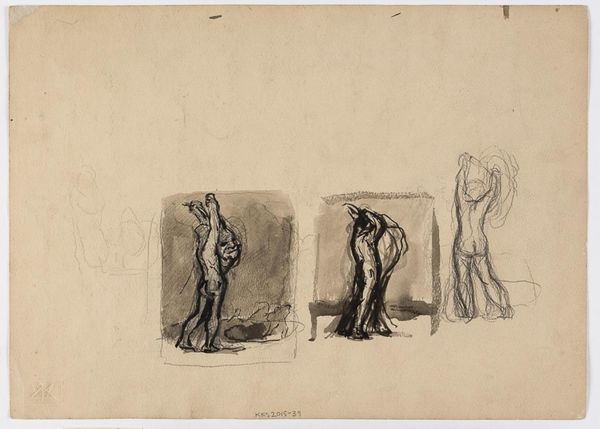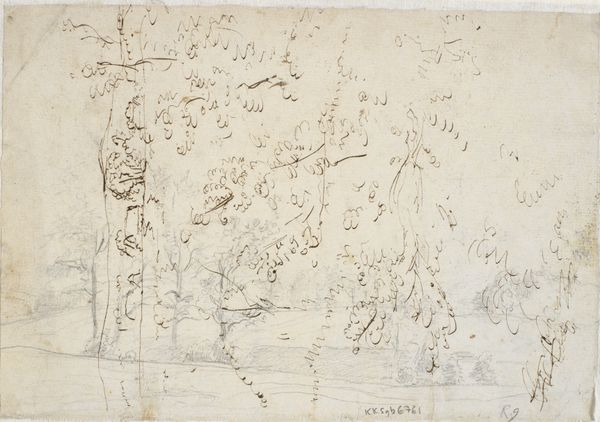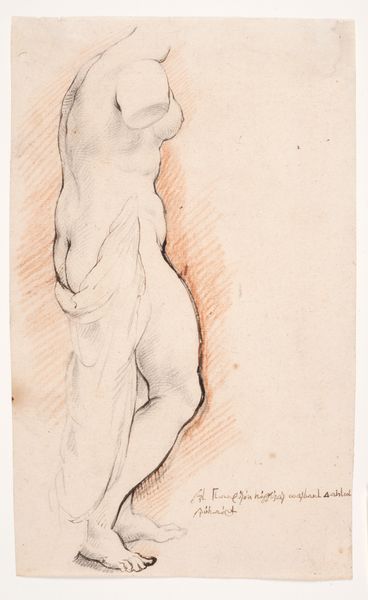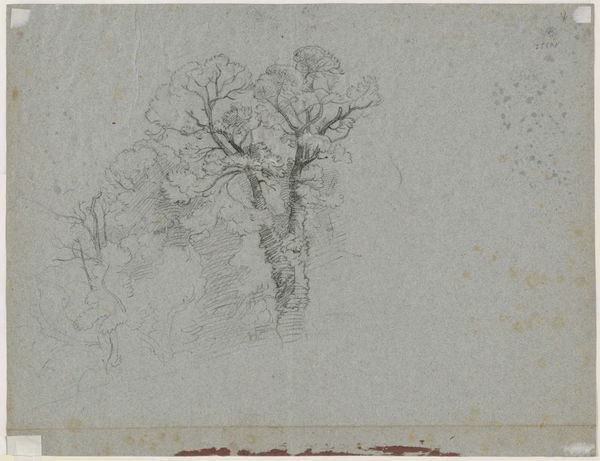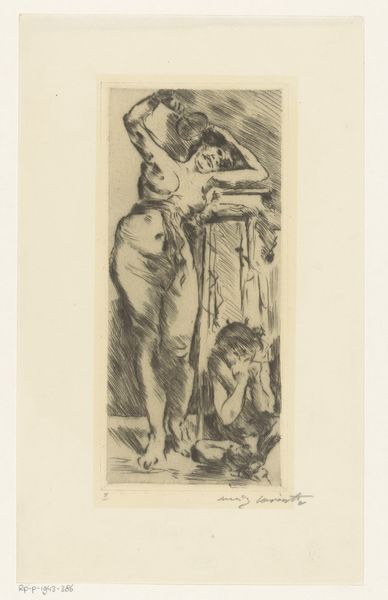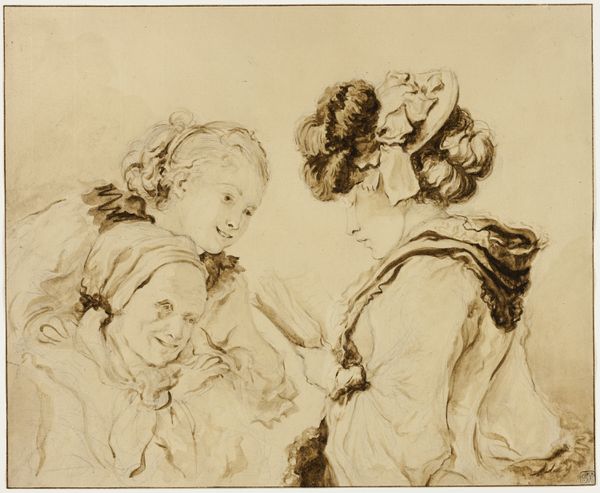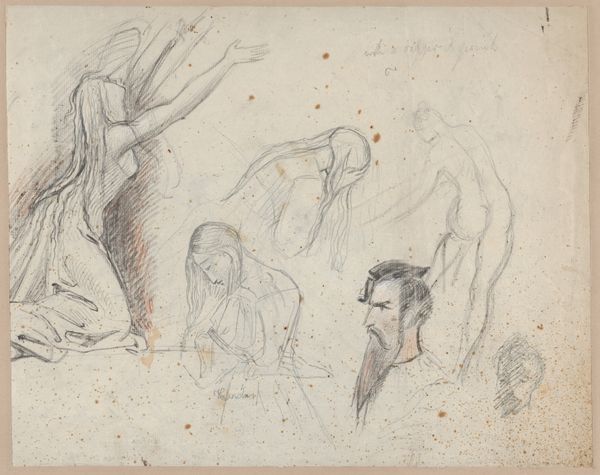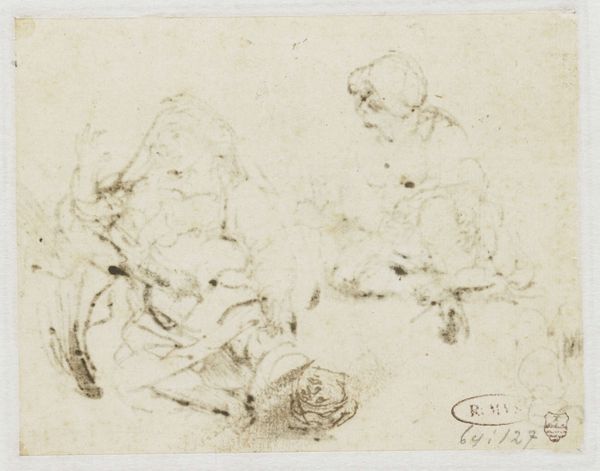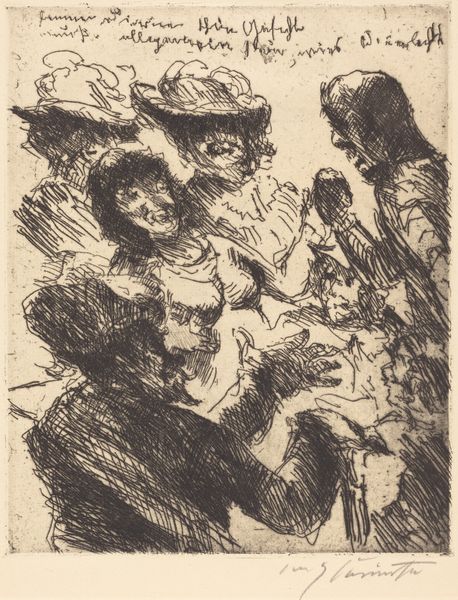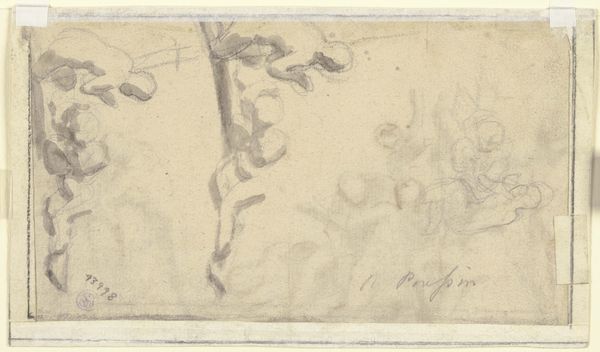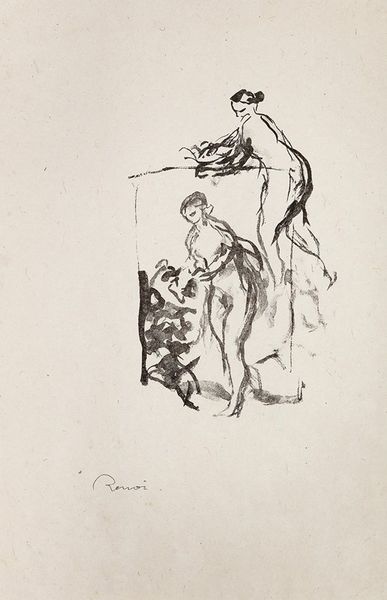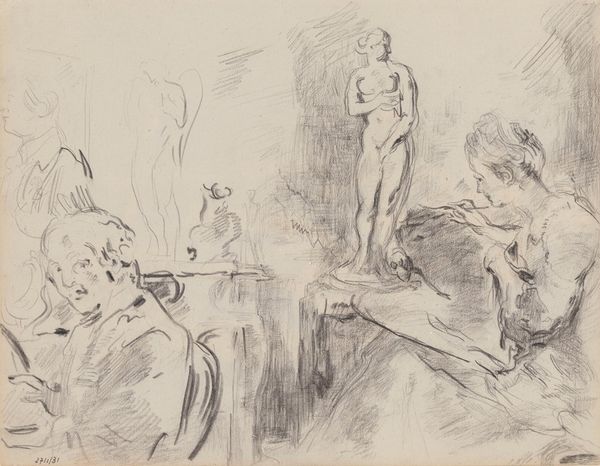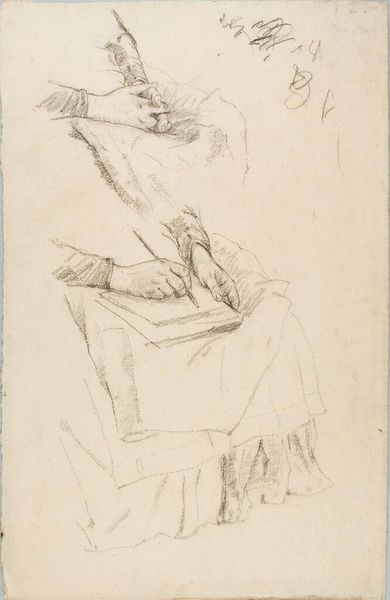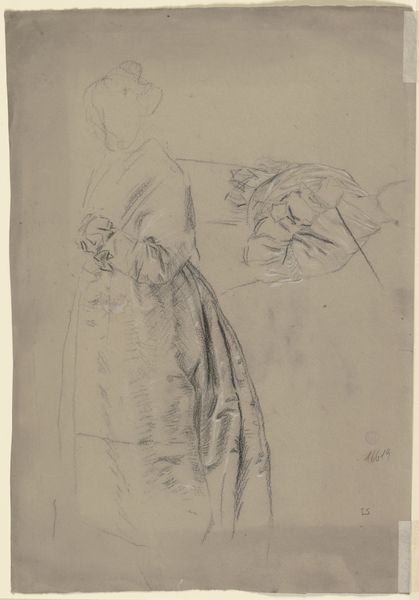
Dimensions: 195 x 315 cm
Copyright: Public domain
Gustave Courbet’s “Three Red Apples,” painted around 1871, presents us with an arrangement of fruit imbued with symbolic weight. The apple, bursting with color, immediately calls to mind the Garden of Eden, where it represents temptation and the loss of innocence. Throughout art history, the apple resurfaces, echoing these primordial themes. Consider the golden apples of the Hesperides, symbols of immortality, or the apple offered by Paris in the Judgement, sparking the Trojan War. The motif carries echoes of power and discord. These concepts of temptation and corruption seem to be lurking within the apples' seductive appearance. What's particularly striking is the way Courbet captures the tension between beauty and decay in a seemingly simple still life. The collective memory of the apple—its association with both knowledge and ruin—engages our subconscious, reminding us of the cyclical nature of desire and consequence. Like a modern echo of ancient myths, it reflects the eternal drama of human experience.
Comments
No comments
Be the first to comment and join the conversation on the ultimate creative platform.
